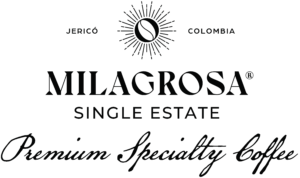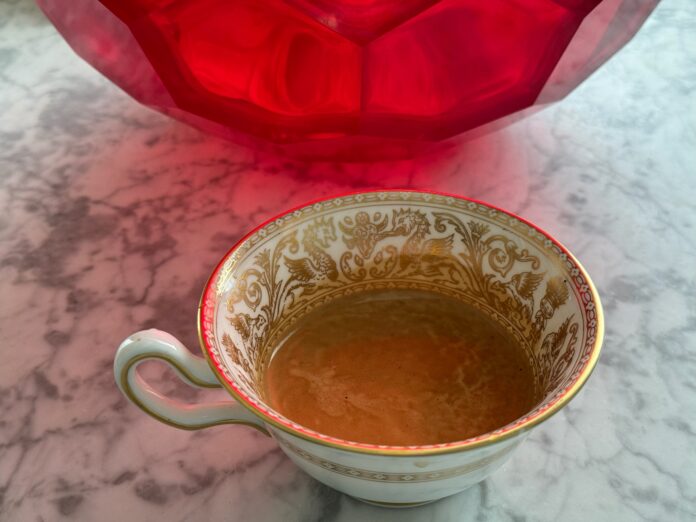To prepare a high-quality coffee beverage, several critical factors must be considered.
By carefully managing these factors—grind size, water temperature, coffee-to-water ratio, and water quality—one can consistently achieve a high-quality coffee beverage, allowing for the enjoyment and replication of desired flavors and aromas.
Grind Size:
Fine Ground: Feels like salt, suitable for Italian coffee makers.
Medium Ground: Feels like refined sugar, ideal for drip coffee makers and methods like V60 and Melitta.
Coarse Ground: Feels like brown sugar, best for immersion methods such as French press.
Water Temperature:
Recommended range: 86-94°C (187-201°F).
Higher temperatures increase acidity and potential bitterness.
Control temperature to preserve distinctive aroma and flavor characteristics.
Coffee-to-Water Ratio:
Percentage Method: 6-10 grams of coffee per 100 grams or milliliters of water.
Proportions Method: Ratios between 1:14 to 1:18 (coffee to water).
Use scales that measure to 0.1 grams for precise control.
Consider that coffee absorbs approximately twice its weight in water during preparation.
Water Quality:
Remove chlorine using filters or letting water sit for 4 hours.
Ideal water parameters: Hardness: 50-175 ppm CaCO3, Alkalinity: 40-75 ppm CaCO3, pH: 6-8
Water should be free of flavors and odors, have low hardness and acidity, with about 10 mg of sodium per liter.
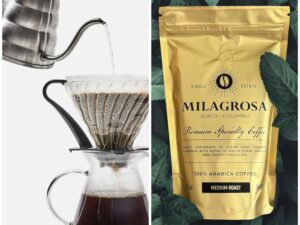
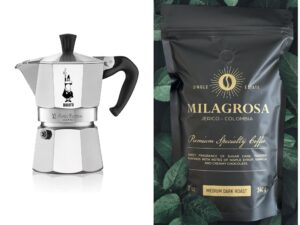
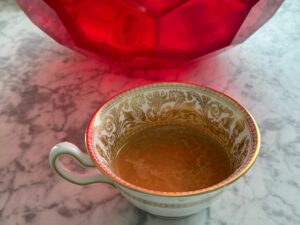
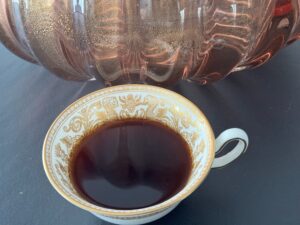
Read the full article from Milagrosa Single Estate’s Maestro Roaster, Ivan Velez
[English Translation]
If we start from a good quality raw material and this material has been properly roasted, what follows is the preparation of the drink, and for this, we must take into account the following factors:
- Ground
- Water Temperature
- Ratio
- Water
GROUND
Defines the extraction in the drink, commercially they are defined in three types:
· Fine ground: it feels like salt to the touch, it is the recommended grind for methods such as the Italian coffee maker.
· Medium Ground: it feels like refined sugar (white), it is recommended for filtering methods such as the drip coffee maker, V60, Melitta.
· Coarse Ground: it feels like brown sugar to the touch, recommended for immersion preparations such as French press.
The grind size defines the speed with which the water passes through the coffee in terms of methods that are not immersion, in general terms the smaller the grind the slower the water passes and although there is greater extraction, in some methods not assisted by pressure, or due to excellent aeration, clogging may occur; when preparing by immersion, these larger particles, exposed to water for a longer time, modulate the extraction.
WATER TEMPERATURE
Water temperature significantly affects the outcome of our final beverage. It is recommended to work between 86 and 94 degrees Celsius (187 to 201 Fahrenheit), taking into account the method to be used, the coffee being used, and what we desire in the beverage. In methods that require the water to reach boiling points, this is not possible to control. We should consider that methods like the Italian coffee maker, Japanese siphon, or percolators require bringing the water to a boil to pass it through the coffee grounds.
In general terms, higher temperatures result in greater acidity in the beverage, which can make the final drink bitter. Controlling the water temperature is important, especially when we have coffees with distinctive aroma and flavor characteristics, whether in terms of intensity, sweetness, citrus, or floral notes. If we want to enjoy these differentiations, we must control the water temperature to avoid unwanted flavors, such as bitterness, dryness, roughness, or harshness in the cup.
RATIO
This concept refers to the amount of coffee compared to the amount of water in the preparation. Keep in mind that we normally express water in terms of milliliters (ml), which is a measure of volume, but we can also express it in terms of its weight, such as grams (g). One gram of water is equal to one milliliter.
Before delving into this point, it’s also important to consider that coffee absorbs approximately twice its weight in water by the end of the preparation. For example, if we start with 12 grams of coffee, we will end up with about 24 grams of water absorbed in the coffee grounds. This is important to consider when we desire a specific amount of final beverage. For instance, a traditional mug has an average capacity of 270 ml, and for a good presentation, having 220 ml is a good measure. So, if we want that final amount, with a preparation of 15 grams of coffee, we should use 250 ml of water for the preparation.
Now, let’s talk about ratios; they can be expressed as percentages or proportions:
Percentage: A measure between 6% and 10% would be between 6 and 10 grams of coffee for every 100 grams or milliliters of water, which is recommended by experts.
Proportions: This is expressed as parts of coffee to parts of water. For example, 1:14 means 14 ml of water for every gram of coffee used. Measures between 1:14 and 1:18 are recommended by experts.
These measurements require a scale, and it is recommended to use scales that measure to 0.1 grams, which means they provide measurements with one decimal place. This allows for greater control in the preparation.
Keep in mind that these measures depend on our personal tastes and the type of coffee we will use.
WATER
When we prepare coffee, water makes up more than 99% of the entire beverage we consume. Therefore, it’s important to understand a bit about the water we use in the preparation. First, it is important to remove chlorine from the water. Processes such as using filters, boiling (not the most recommended for coffee preparation), or letting it sit for about 4 hours are valid for this purpose.
Other factors like pH (acidity) and hardness (amount of minerals in the water) also significantly affect the final result of the beverage.
The SCA (Specialty Coffee Association) recommends starting with water that is free of flavors and odors, has low hardness, and low acidity, with around 10 mg of sodium per liter being the most suitable. However, the water should not be too soft, as this can reduce the intensity of the final beverage. In terms of measurement, water with the following parameters allows us to better enjoy our final cup:
Final hardness between 50 and 175 ppm CaCO3
Alkalinity between 40 and 75 ppm CaCO3
pH between 6 and 8
After considering these factors, the idea is to enjoy the beverage and understand it better, so we can replicate the experience and develop our own preparation concepts.
